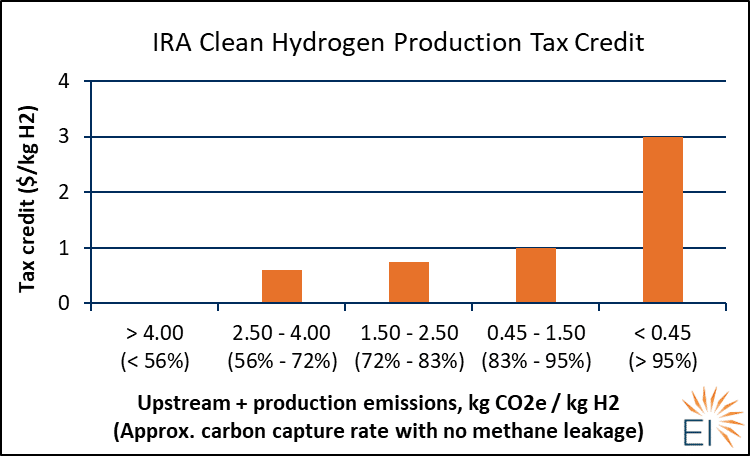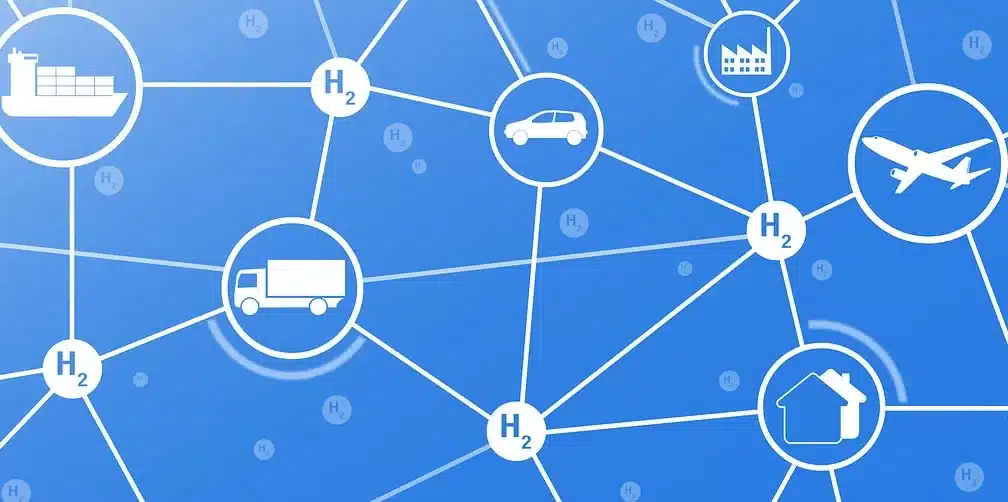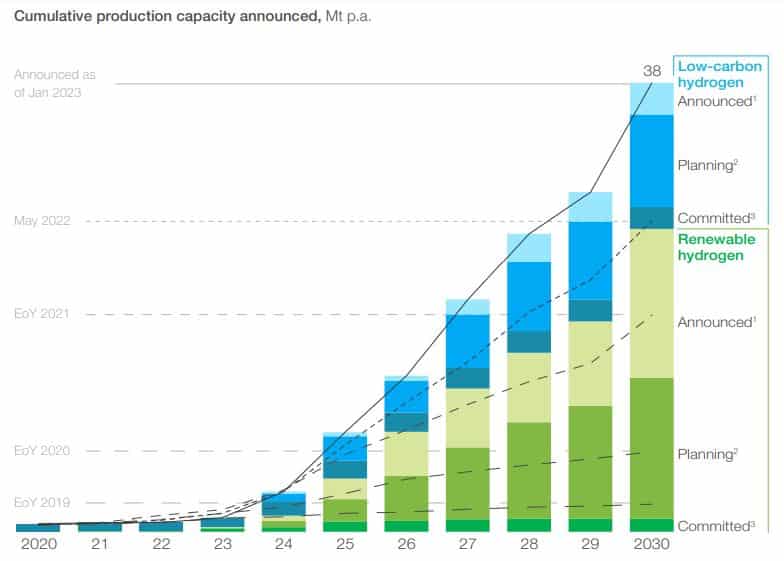As the world seeks to reduce carbon emissions and fight climate change, hydrogen emerges as a promising alternative in the global shift towards clean energy solutions. In this context, Nikola Corporation’s advancements in hydrogen represent a significant step in driving the transition within the transportation sector.
Nikola Corporation, a prominent player in zero-emissions transportation and energy supply and infrastructure solutions under the HYLA brand, has released its financial results and business updates for the fourth quarter and full year ending December 31, 2023.
Driving Toward a Hydrogen-Powered Future with $230M Raise in Q4
The reported achievement underscores Nikola’s market-leading position, highlighting the quality of its products and the success achieved by its fleet operations. In July last year, the company received a total of $58.2 million to bolster its hydrogen infrastructure.
Here are the company’s Q4 and full year 2023 remarkable results:
- Successfully delivered the first production hydrogen fuel cell electric truck available in North America.
- Delivered 35 hydrogen fuel cell electric trucks in Q4, resulting in no finished goods inventory at the end of Q4.
- Witnessed 225 additional voucher requests submitted in California for hydrogen fuel cell electric trucks from October 2023 through January 31, 2024, all attributed to Nikola.
- Launched the first HYLA modular refueling station in Ontario, California, and announced a partnership with FirstElement Fuel in Oakland, California, providing fleets with fueling solutions in both Northern and Southern California.
- Raised $230.3 million during Q4, ending the year with $464.7 million of unrestricted cash, the highest since Q4 2021.
Looking forward to 2024, the company’s focus is on optimizing revenue and costs within its business. They commit to securing more modular refueling sites and scaling up the production of their hydrogen fuel cell electric trucks.
Investing their resources in the direction of hydrogen appears to be a strategic move for the company.
Hydrogen Fueling the Green Revolution
Amidst the urgent need to reduce carbon emissions worldwide, there’s a surge in innovations focusing on alternative energy sources. Hydrogen stands out among these alternatives, particularly for providing a cleaner option in the transportation sector.
Unlike fossil fuels, which emit planet-warming gases, hydrogen fuel offers the potential to be 100% clean. In hydrogen fuel cell electric vehicles (FCEVs), hydrogen combines with pure oxygen in specialized cells, with the only resulting by-product being water.
Projections also highlight the significant role that hydrogen fuel will play in the coming decades. Experts anticipate that the global hydrogen market will soar to about $231 billion by the year 2030. Low-carbon hydrogen production could significantly reach 38 million metric tons per annum by the same period.
McKinsey & Company estimated that the total hydrogen production capacity announced by companies by 2030 jumped by 40% as seen below.
Nikola believes that they have introduced the first production Class 8 hydrogen fuel cell truck to the North American market.
In California, Nikola holds an impressive 99% share of all hydrogen fuel cell electric tractor HVIP vouchers requested between 2023 and January 2024. The number of requests for their fuel cell truck surpasses those for all other truck OEMs combined. This includes both battery and hydrogen fuel cell electric trucks during the same period.
The promising future of hydrogen and its emission regulation compliance, particularly in California, motivated truckers to embrace this zero-emission technology. Many trucking companies believe that it brings advantages for long-haul trips and quick refueling. Plus, hydrogen-powered trucks can move heavier loads because they don’t need large batteries.
Powering up the Hydrogen Economy
What further ignites the growing demand for hydrogen is the implementation of the largest and most aggressive investment taken by the US government for climate, the $369 billion Inflation Reduction Act of 2022.
The IRA has caused a significant shift in hydrogen economics, particularly impacting green hydrogen. This type of hydrogen, produced through the process of electrolysis using renewable electricity and water, has now become cost-competitive with its natural gas-derived counterpart.
Under the Act’s provisions, production tax credits are offered for a duration of 10 years to “clean hydrogen” production facilities. These incentives are structured based on the carbon capture rates during the production process.
Initially, the incentives start at $0.60 per kilogram (kg) for hydrogen produced with a carbon capture rate that exceeds half of the emissions from the Steam Methane Reforming (SMR) process, subject to meeting workforce development and wage requirements. But as the carbon capture rates increase, the value of the production tax credit rises to $1.00/kg. Eventually, for hydrogen produced with minimal to no emissions, the production tax credit reaches $3.00/kg.

Alongside the IRA is the bipartisan Infrastructure Investment and Jobs Act that helps the U.S. unleash clean energy. The latter law provided a $7 billion grant to seven regional clean hydrogen hubs (H2Hubs) under the Department of Energy.
The program is part of a strategic move to accelerate the deployment of clean hydrogen across the country.
Collectively, the 7 chosen hydrogen hubs will cut about 25 million metric tons of carbon dioxide from end-users annually. They will share the cost of developing the network, located in carbon-producing centers, including Appalachia, the Gulf States, and the Midwest. Read more about them here.
In California, Nikola hydrogen infrastructure brand HYLA seeks to establish a comprehensive zero-emission transportation solution to help fleets achieve their climate goals. The company recently unveiled the opening of its inaugural HYLA modular refueling station in Ontario, California.
The initiative enables fleets to use the refueling station that facilitates freight transport between Southern and Northern California. The HYLA team plans to secure 9 additional fueling sites across the state throughout 2024.



